How to Replace the Drain Trap on a Sink
A drain trap is the looping section of pipe in a sink drain assembly, located just below the sink. It is required by plumbing code and is often part of installing a new sink since an old trap assembly doesn't always fit the new sink configuration. When parts of a trap corrode or the joints begin to leak and can't be fixed by tightening the connecting nuts, it's time to replace the entire trap assembly. The techniques for replacement are easier to understand if you know how a drain trap operates.
How a P-Trap Works
A drain trap is often known as a P-trap. The name is derived from its shape—a looping configuration that looks like a sideways "P." The bend in the trap holds a small amount of standing water that's left behind in the drain each time the sink is used. The water seals the drain opening and prevents gases from rising up from the sewer system into your house. The drain trap also provides a convenient recovery point if a ring or other small valuable goes down the drain. Such objects often remain in the trap rather than getting washed into the main drain. As an added bonus, the drain trap provides a place to clear clogs—either from the trap bend itself or in the branch drain leading into the wall.
A new drain trap assembly, often sold as a kit, usually includes two or three major components: the trap bend (by itself, it's shaped like a "J") and the trap arm, which has one curved end that fits into the trap bend and a straight end that connects to the branch drain opening in the wall. Some kits include a tailpiece extension that extends straight down from the tailpiece that's connected to the bottom of the sink.
Kits may come with additional adapters and parts that you may not need. The various drain trap parts can also be purchased individually.
The trap bend and trap arm are secured with short, large-diameter nuts called slip nuts. Inside each joint, a vinyl slip washer seals against the pipe. You can loosen the nuts by hand or with tongue-and-groove pliers. If you don't have pliers, you can use a pipe wrench, but be careful not to damage the parts; pipe wrenches can exert a lot of force.
Drain Trap Materials
Sink drain traps are commonly made of white PVC, black ABS plastic, or chromed metal (brass or copper). When replacing a trap, you can use the same material as the old trap or choose something different. Replacement drain traps are sold as kits at home improvement centers, hardware stores, and online retailers. Several sizes (pipe diameters) are available, including 1 1/4-inch, 1 1/2-inch, and 2-inch. Bathroom sinks usually use 1 1/4-inch traps, while kitchen sinks usually use 1 1/2-inch traps; 2-inch traps are commonly used on shower and tub drains. Check your drain fitting and branch drain opening to determine what size of drain trap you will need.
Some sink drain assemblies are made with rigid PVC or ABS pipes and fittings that are permanently solvent-glued at the joints. To replace this type of assembly, you have to cut off the old pipes and use adapters to connect to a new assembly with slip fittings.
Tip:
Some drain trap kits use a flexible, accordion-like trap arm or tailpiece extension. While these make for an easy connection when the tailpiece is offset from the branch drain opening, this type of pipe has inner ridges that can make it susceptible to clogging. Most plumbers avoid this type of drain trap, and local codes may even outlaw them. Smooth-walled pipes are a better choice.
Before You Begin
Set a small bucket under the trap, and have a few rags or towels ready for containing spills. The space under a sink cabinet can be dark and cramped; a small work light or flashlight can be helpful.
What You'll Need
Equipment / Tools
- Bucket
- Rags
- Work light (if needed)
- Tongue-and-groove pliers
- Hacksaw or pipe cutter (if necessary)
Materials
- Drain trap kit
Instructions
1) Remove the Trap Bend
Remove the old trap bend (the curved piece) by unthreading the slip nut at both ends of the bend. Turn the nuts by hand, if possible, or loosen them with tongue-and-groove pliers; then unthread the nuts by hand. Pull the trap straight down to detach it from the tailpiece, and carefully empty its contents into the bucket.
Remove the slip nut washer (a beveled vinyl washer) and slip nut from the end of the sink tailpiece—the straight vertical pipe pointing down from the sink drain. If your configuration includes an extension pipe leading from the sink tailpiece to the trap bend, remove it.
2) Remove the Trap Arm
Remove the trap arm by loosening the slip nut securing it to the drain pipe in the wall and pulling the arm straight out. If the trap arm is stuck, twist it back and forth while pulling.
3) Test-Fit the New Trap
Test-fit the new trap bend and trap arm to make sure they will line up with the tailpiece and wall pipe. If necessary, cut the new trap arm to the same length as the old trap arm, using a hacksaw or pipe cutter. The sink tailpiece or extension may also need to be cut to length.
4) Position the Nuts and Washers
Prepare the new trap arm by sliding a slip nut onto the arm so the nut's threads face down toward the trap connection. Add another nut onto the straight end of the arm, with the threads facing the straight end. Add a slip joint washer over this straight end, so the beveled end of the washer faces outward.
Fit a slip nut and washer onto the end of the sink tailpiece with the washer bevel pointing down.
5) Assemble the Parts
Slide the trap arm into the drain opening in the wall. Fit the trap bend over the end of the trap arm and onto the sink tailpiece. (If a tailpiece extension is used, position it at this time.) Slide the slip nuts against the fittings, and loosely thread them onto the threaded hubs.
Adjust the trap bend and trap arm so the pieces are properly aligned (not at awkward angles) and the trap arm slopes down slightly toward the wall. A 1/4-inch-per-foot downward slope is the recommended pitch.1
Hand-tighten the slip nuts. If they are plastic nuts, you should be able to get them as tight as needed by hand; if they are metal, tighten them a bit further with pliers.
6) Test the Fittings
Turn the sink faucet on full-volume and let the water run down the drain while you check the slip nut connections for leaks. If any joint leaks, tighten the slip nut gently with pliers until the leaking stops. Be careful not to over-tighten the nuts, especially if they are plastic.
Source: https://www.thespruce.com/replacing-a-sink-p-trap-2718773

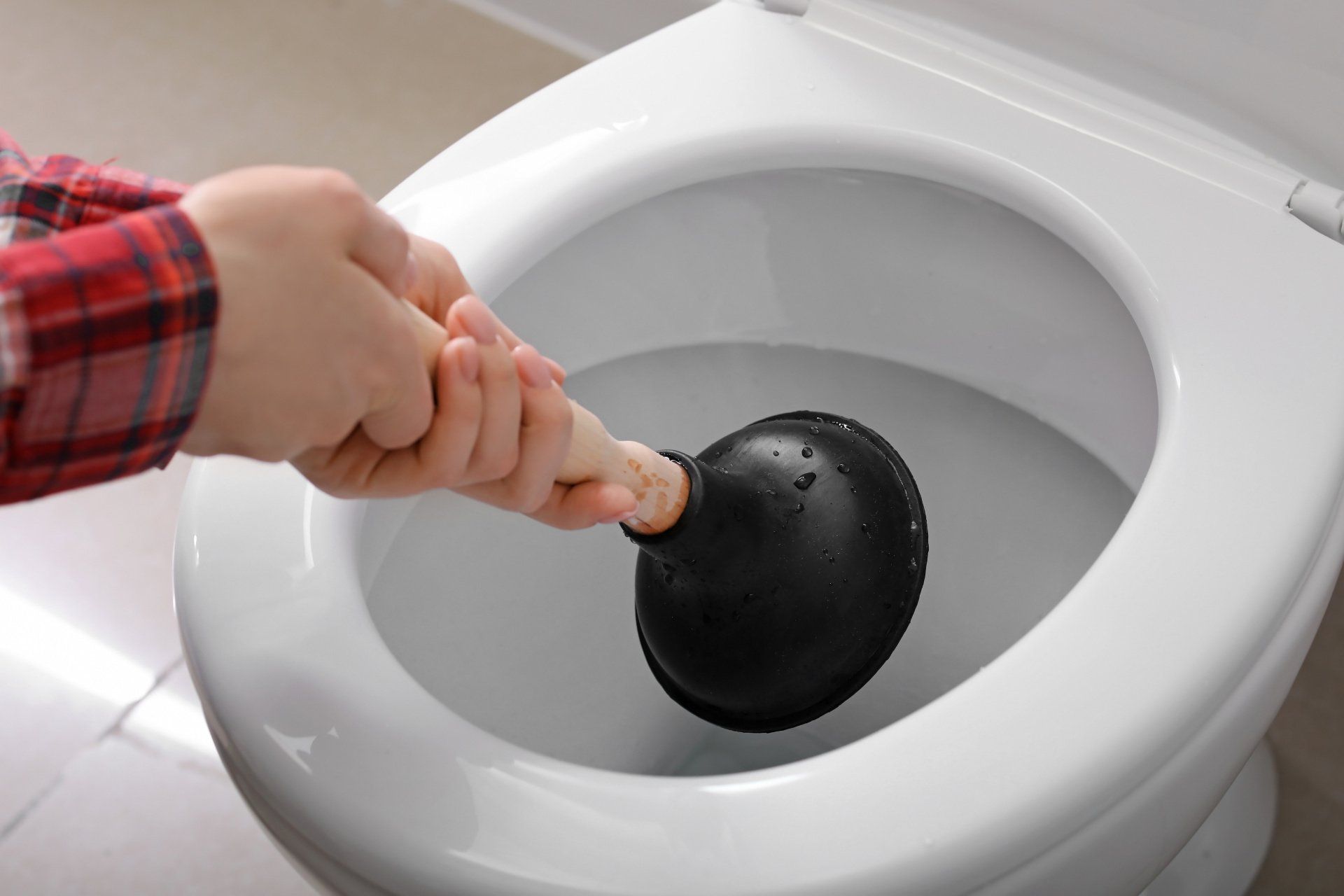
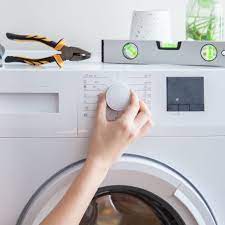
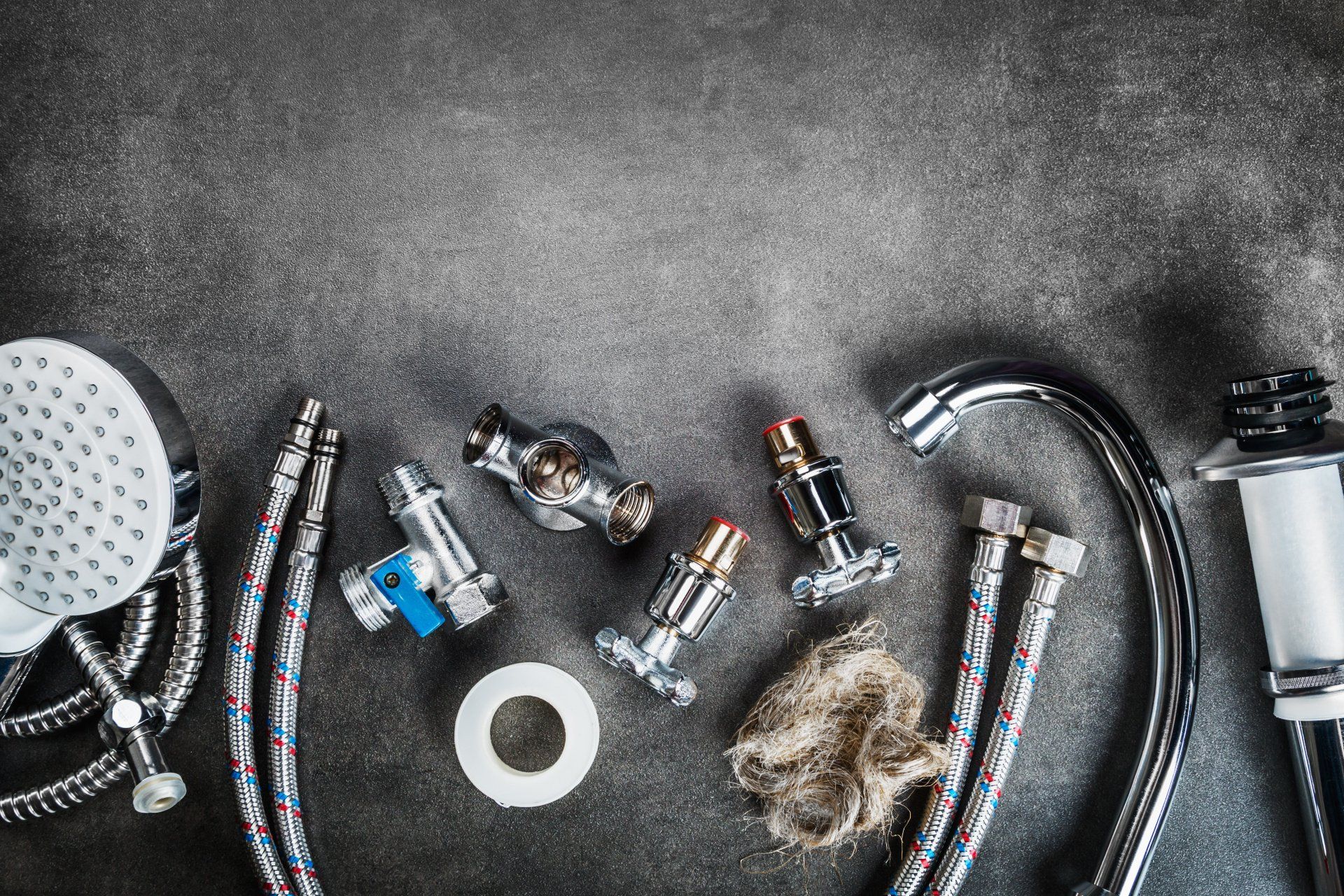
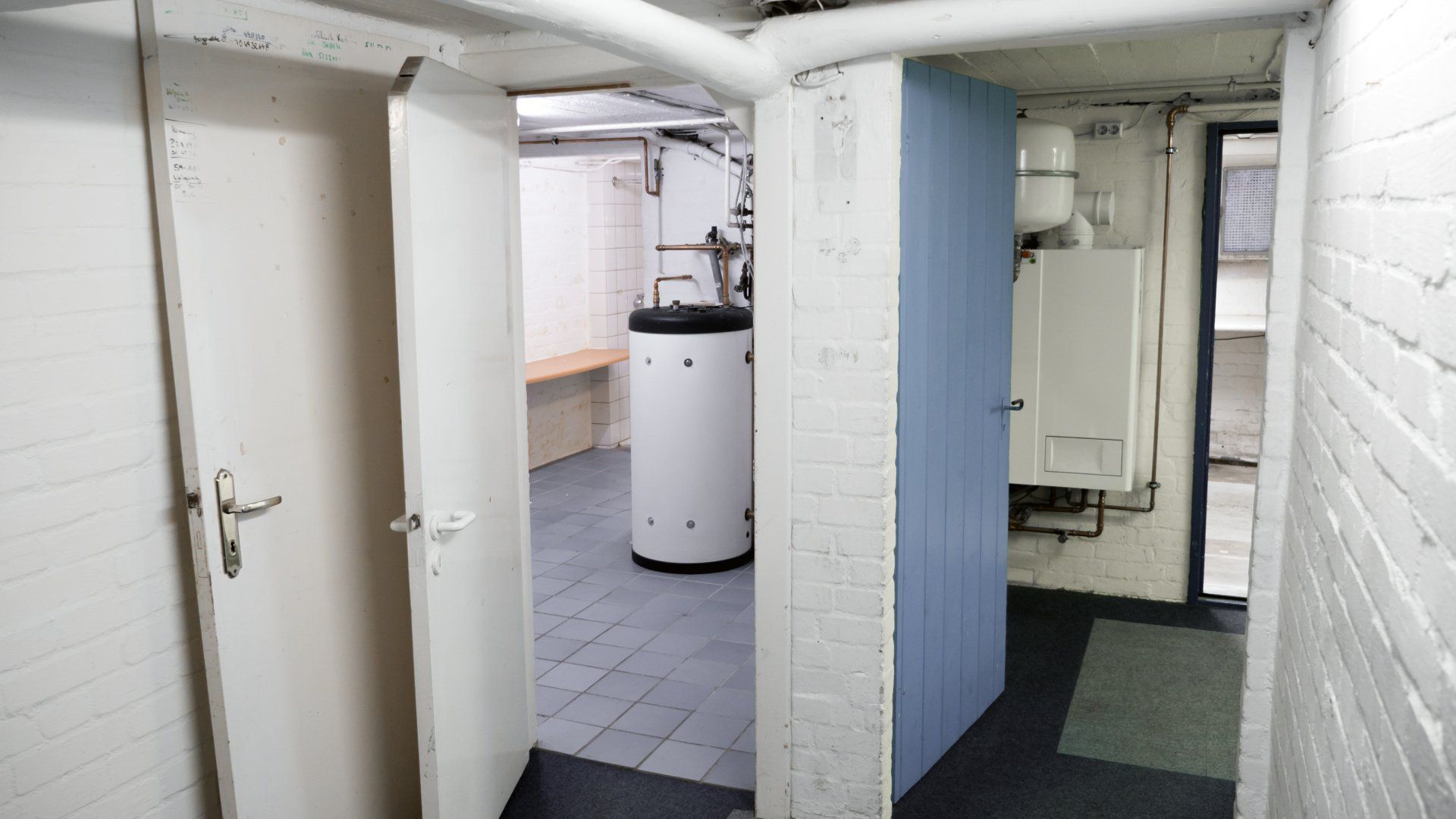
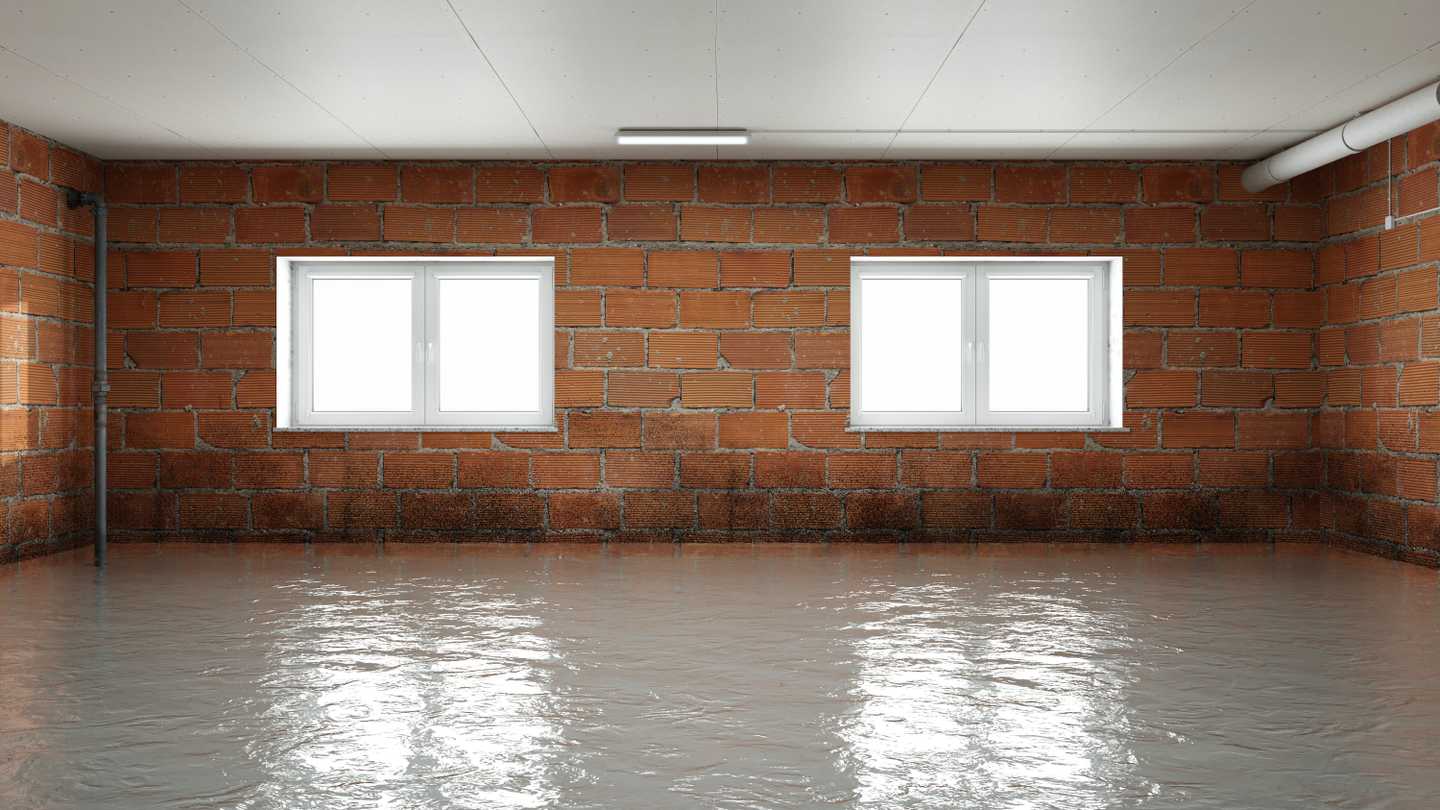
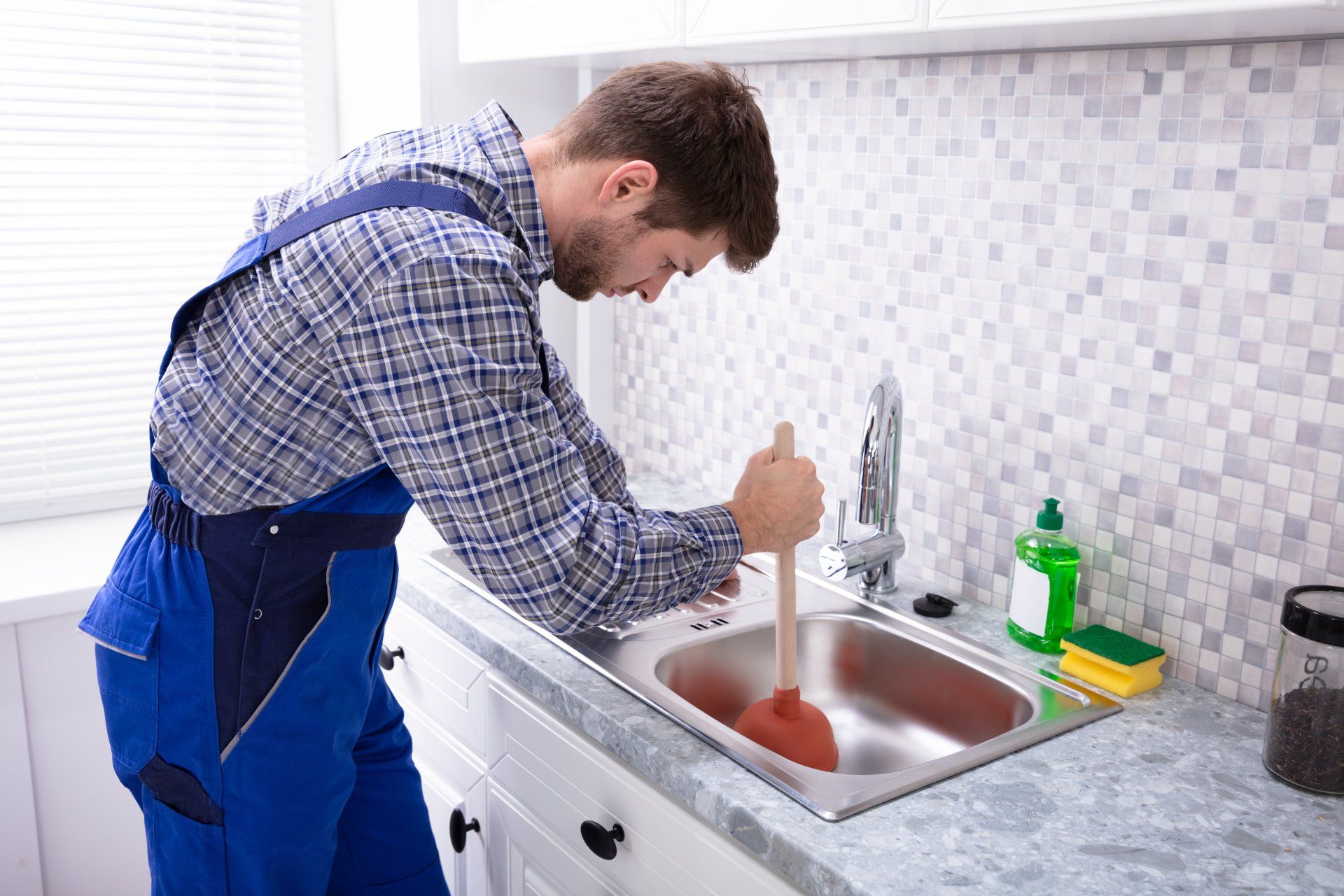
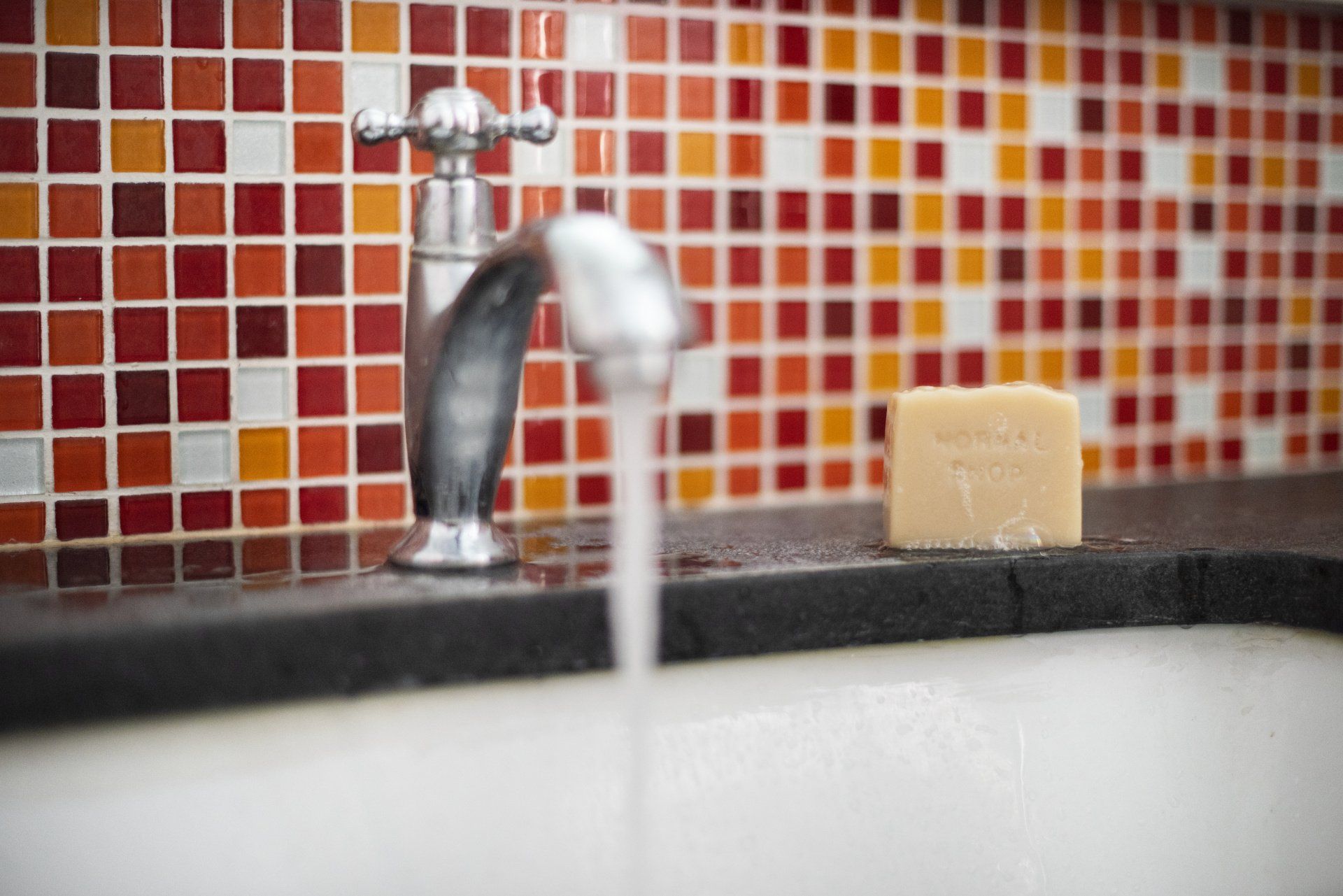



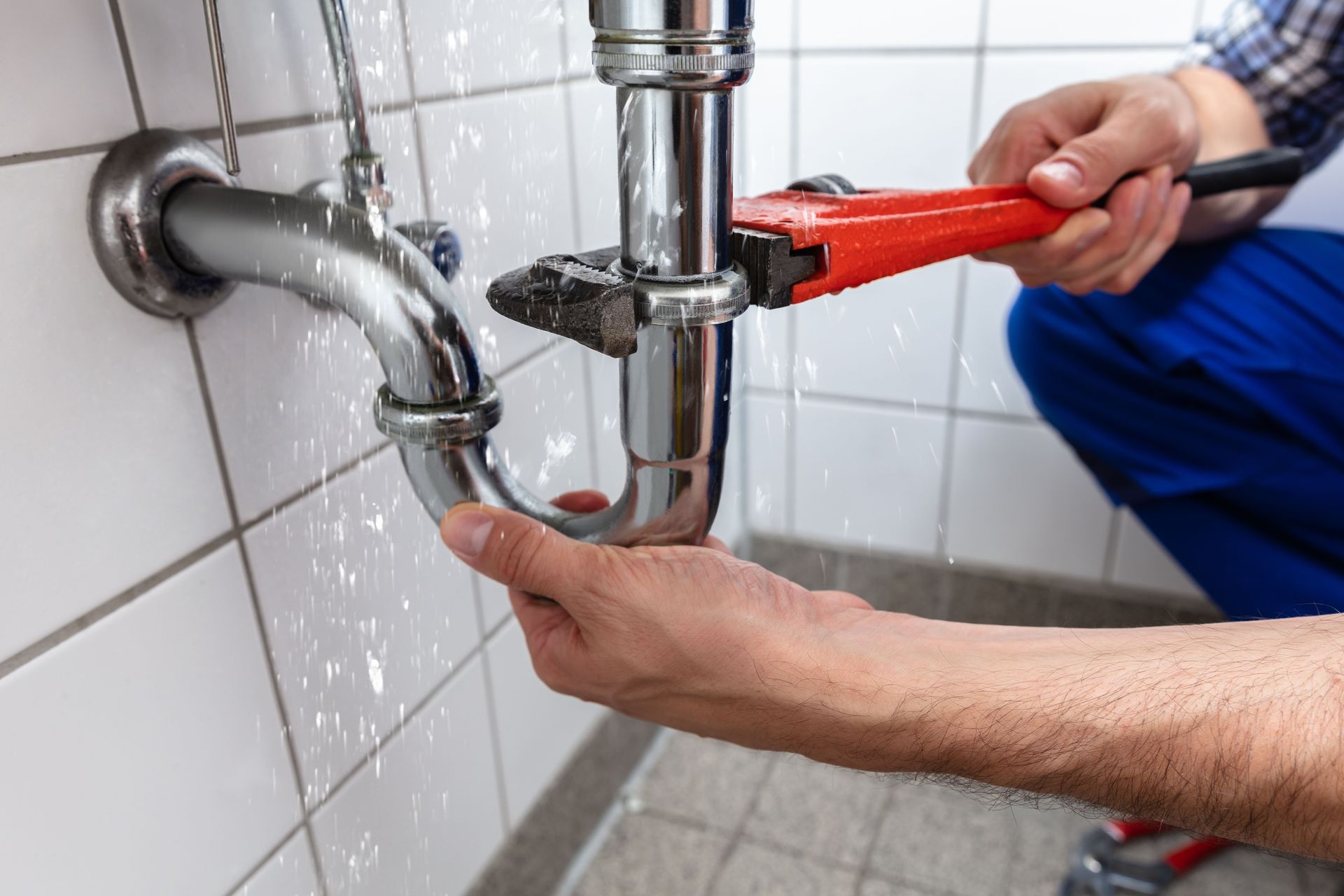
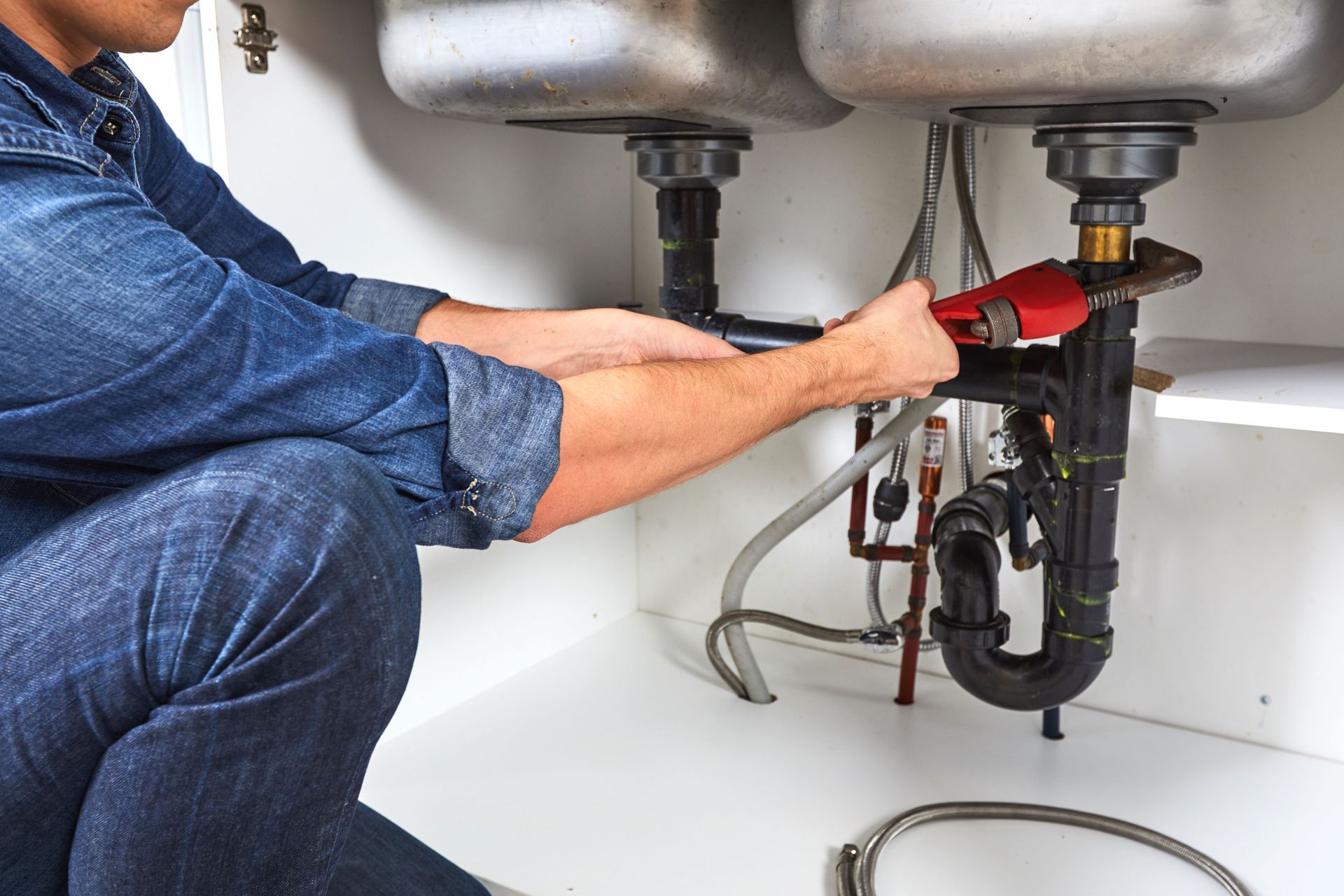
Share On: